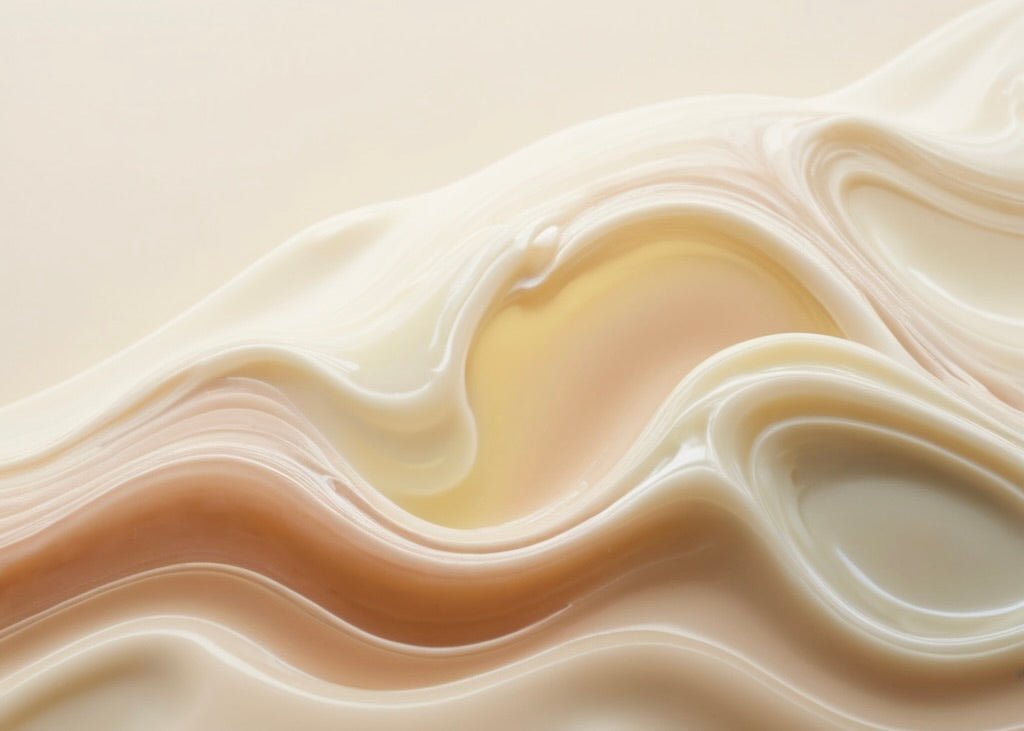
Squalane vs. Squalene: Differences and Skincare Benefits
In the realm of skincare, two ingredients have been making waves due to their exceptional benefits and natural origins: Squalane and Squalene. Although they sound similar, these two components have distinct characteristics and uses. This comprehensive guide will delve into the differences between Squalane and Squalene, their skincare benefits, and how to incorporate them into your skincare routine.
Understanding Squalane and Squalene
Squalane and Squalene are both naturally occurring substances. They are part of the skin's natural moisture barrier, playing a crucial role in keeping the skin hydrated, plump, and youthful. However, the concentration of these substances in the skin decreases with age, leading to dryness and signs of aging.
Squalene is a lipid produced by our skin cells and is also found in a variety of plants and animals. It's a precursor to cholesterol and other steroids in the body. On the other hand, Squalane is a hydrogenated version of Squalene, making it more stable and suitable for skincare products.
The Origin of Squalane and Squalene
Historically, Squalene was derived from shark liver oil, a practice that raised sustainability and ethical concerns. Today, most Squalene and Squalane used in skincare are plant-derived, primarily from olives, rice bran, wheat germ, and sugarcane. This shift towards plant-based sources aligns with the increasing demand for natural and sustainable skincare ingredients.
Plant-derived Squalane and Squalene offer the same skincare benefits as their animal-derived counterparts, without the environmental impact. They are a testament to how skincare can be both effective and eco-friendly.
Benefits of Squalane and Squalene in Skincare
Despite their differences, both Squalane and Squalene offer a plethora of benefits for the skin. They are known for their moisturizing properties, but their benefits extend far beyond hydration.
Hydration and Moisturization
Squalane and Squalene are excellent moisturizers. They replenish the skin's natural lipids, reduce moisture loss, and maintain skin hydration. They are lightweight and non-greasy, making them suitable for all skin types, including oily and acne-prone skin.
Moreover, Squalane and Squalene mimic the skin's natural oils, allowing them to penetrate deeply and provide long-lasting hydration. They leave the skin feeling soft, smooth, and supple.
Anti-Aging Properties
Squalane and Squalene have potent anti-aging properties. They help to restore the skin's natural moisture barrier, which becomes compromised with age, leading to dryness, fine lines, and wrinkles.
By replenishing the skin's lipids, Squalane and Squalene improve skin elasticity and firmness, reducing the appearance of fine lines and wrinkles. They also protect the skin from oxidative stress, one of the main causes of premature aging.
Protection and Healing
Squalane and Squalene are not just moisturizers and anti-aging heroes; they also protect and heal the skin. They have antioxidant properties, protecting the skin from free radicals and environmental damage.
Furthermore, Squalene has been shown to have anti-inflammatory properties, making it beneficial for conditions like acne and eczema. Squalane, on the other hand, accelerates the skin's healing process and is often used in products for sensitive or damaged skin.
How to Incorporate Squalane and Squalene into Your Skincare Routine
Now that you understand the benefits of Squalane and Squalene, you might be wondering how to incorporate them into your skincare routine. The good news is that these versatile ingredients can be found in a variety of skincare products, from cleansers and moisturizers to serums and oils.
Choosing the Right Product
When choosing a product with Squalane or Squalene, it's essential to consider your skin type and concerns. If your skin is dry or mature, look for products with a high concentration of these ingredients for maximum hydration and anti-aging benefits.
For oily or acne-prone skin, opt for lightweight formulations like serums or lotions. Despite being oils, Squalane and Squalene are non-comedogenic, meaning they won't clog your pores.
Using Squalane and Squalene in Your Routine
Squalane and Squalene can be used in both your morning and evening skincare routines. In the morning, they can be applied after cleansing and toning to hydrate and protect the skin throughout the day. At night, they can be used as the last step in your skincare routine to lock in moisture and aid the skin's natural healing process.
Remember that consistency is key when it comes to skincare. Regular use of Squalane and Squalene will help you achieve and maintain healthy, hydrated, and youthful-looking skin.
Conclusion
Squalane and Squalene are powerful skincare ingredients that offer a multitude of benefits. They hydrate, protect, and heal the skin, while also providing anti-aging benefits. Best of all, they are derived from natural and sustainable sources, making them a great choice for eco-conscious consumers.
Whether you're looking to boost hydration, combat signs of aging, or soothe sensitive skin, Squalane and Squalene are worth considering. By understanding these ingredients and how to use them, you can make informed decisions about your skincare routine and achieve your skin goals.














